Lesco Spreader Settings (Achieving a Perfect Lawn)
As an experienced lawn care professional, I’ve tested different Lesco Spreader settings to find the best way to achieve a healthy and beautiful lawn.
Using the correct spreader setting is essential to achieving proper coverage and preventing over-application or under-application of lawn care products.
Over-application can lead to burning or damage to the lawn, while under-application can result in poor herbicide efficacy.
This article will share everything I know about Lesco spreader settings, including recommended settings for different materials, calibration, and maintenance tips.
What is a Lesco Spreader?
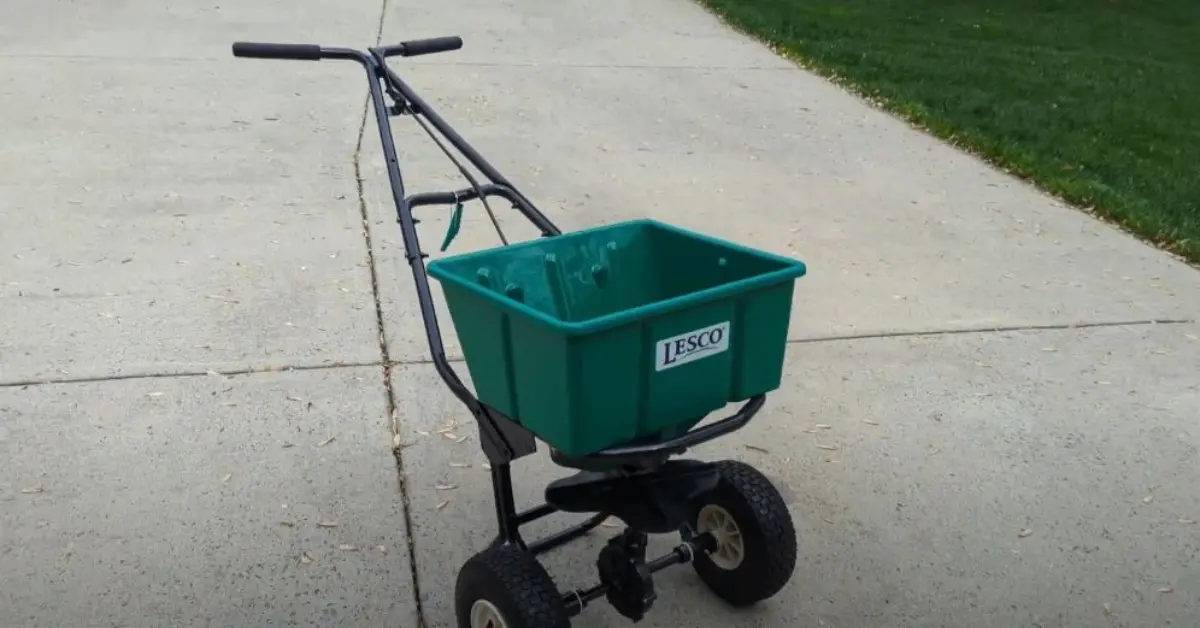
A Lesco spreader is a high-quality machine that evenly distributes fertilizer, seed, and other granular materials across your lawn.
These spreaders are easy to use and come with various settings that allow you to adjust the flow rate of the spread material.
Proper calibration of your Lesco spreader is crucial to evenly distributing the right material across your lawn.
Recommended Lesco Spreader Settings
The recommended Lesco spreader settings vary depending on the type of material you are spreading and the size of your lawn. Here are some recommended settings for common materials:
- Lawn Fertilizer: Set your Lesco spreader between 12-16 for bagged lawn fertilizer. For bulk fertilizer, set your Lesco spreader between 20-24.
- Weed Control: Set your Lesco spreader to 12-16 for most weed control products.
- Grass Seed: The recommended setting for grass seed is between 15-18.
- Ice Melt: Set your Lesco spreader between 6-8 for ice melt products.
Lesco Spreader Settings Chart
Here’s the Lesco Spreader Settings Chart:
| Material | Application Rate (lbs per 1,000 sq. ft.) | Rotary Spreader Setting | Drop Spreader Setting |
| Lime (1st application) | 50-60 | 12-16 | 10-12 |
| Lime (subsequent applications) | 40-50 | 20-24 | 18-19 |
| Milorganite | 36 | 15 | 13 |
| Ryegrass Seed | 8-10 | 15-18 | 17-19 |
| Grubex | 2.87 | 6 | 5 |
| Starter Fertilizer | 18-24 | 8-10 | 7-8 |
| Weed & Feed Fertilizer | 12-16 | 12-16 | 11-13 |
Before applying any material to your lawn using a Lesco spreader, it’s essential to check the spreader settings chart provided by Lesco.
The chart provides specific instructions on the spreader settings that should be used for different fertilizer types, seed blends, and other materials.
Follow the chart to ensure you use the appropriate settings for the materials you intend to apply.
Here are more details.
1. Lesco Spreader Settings For Lime
Lime is essential in soil amendment and should be applied carefully to achieve optimal results.
Lesco recommends setting your spreader between 12-16 for the first application of lime. For subsequent applications, set your spreader between 20-24.
2. Lesco Spreader Settings For Milorganite
Milorganite is an organic fertilizer that can improve the soil’s health while promoting healthy grass growth.
The recommended spreader settings vary depending on the type of Lesco spreader that you own.
If you have a LESCO rotary spreader, set it to 15; if you have a LESCO drop spreader, set it to 13.
3. Lesco Spreader Settings For Ryegrass
Ryegrass is suitable for cool-season lawns and requires specific Lesco spreader settings for optimal growth.
Lesco recommends setting your spreader between 15-18 when applying Ryegrass seed to your lawn.
4. Lesco Spreader Settings For Grubex
Grubex is an insecticide commonly used to control grubs and other pests that can damage your lawn. Lesco recommends setting your spreader to 6 when applying Grubex to your lawn.
Also Read: Scotts Spreader Settings Conversion Chart – Complete Guide
5. Fertilizer Spreader Settings Chart for Lesco
When applying fertilizers using a Lesco spreader, the Lesco spreader settings chart provides detailed instructions on the appropriate settings for different fertilizer types.
For example, the setting for Lesco starter fertilizers ranges from 8-10, while the setting for Lesco weed and feed fertilizers ranges from 12-16.
How to Calibrate Your Lesco Spreader?
Calibrating your Lesco spreader is crucial to ensure you apply the correct material to your lawn. Here are the steps to calibrate your Lesco spreader:
- To begin calibrating your Lesco spreader, calculate the square footage of your lawn by multiplying its length and width.
- Choose the fertilizer or material you want to spread and check its recommended application rate, usually in pounds per 1,000 square feet.
- Fill the spreader with the material, level it off, and set it to its lowest setting.
- Push the spreader across 1,000 square feet, weigh the remaining material, and adjust the spreader setting based on the difference between the original and remaining weights.
Also Read: Scotts Edgeguard Spreader Settings? (Best Settings 2023)
Lesco Spreader Maintenance Tips
Maintaining your Lesco spreader is crucial to ensure it lasts long and operates efficiently. Here are some tips to keep your spreader in top condition:
- Clean your spreader after each use to prevent corrosion and clogging.
- Check all moving parts regularly and lubricate them as needed.
- Store your spreader in a dry, cool place to prevent rust and other damage.
- Replace worn or damaged parts immediately to prevent further damage or injury.
Frequently Asked Questions (FAQs)
How do I determine the correct Lesco spreader settings?
You’ll need to know the square footage of the area you’re treating.
This will allow you to determine how much product you’ll need and, ultimately, the right spreader setting.
However, if unsure, you can use Lesco’s online spreader setting tool or consult directly with a Lesco representative.
Can I use the same spreader settings for all Lesco products?
No, you cannot use the same spreader settings for all Lesco products.
Each product has a unique density and particle size, affecting the required spreader setting.
Refer to the recommended settings for the product bag or Lesco’s online tool.
What factors can affect Lesco spreader settings?
Several factors can affect Lesco spreader settings, including the product being applied, the size of the area, the speed at which the spreader is moving, and the type of spreader being used.
It’s important to consider these factors when determining the correct setting.
Conclusion
Determining the correct Lesco spreader settings can seem like a daunting task, but it’s vital to the success of your lawn care efforts.
By following my guide and using Lesco’s online tool or consulting with a representative, you can ensure you’re using the right setting for your specific needs.
Remember, proper coverage is key to a healthy and beautiful lawn.

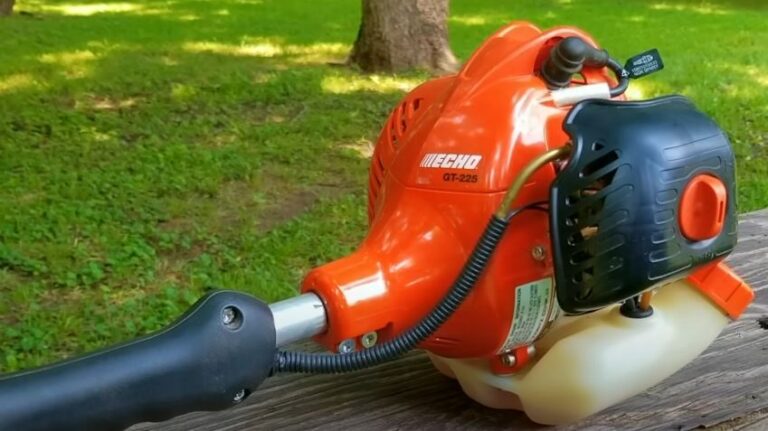
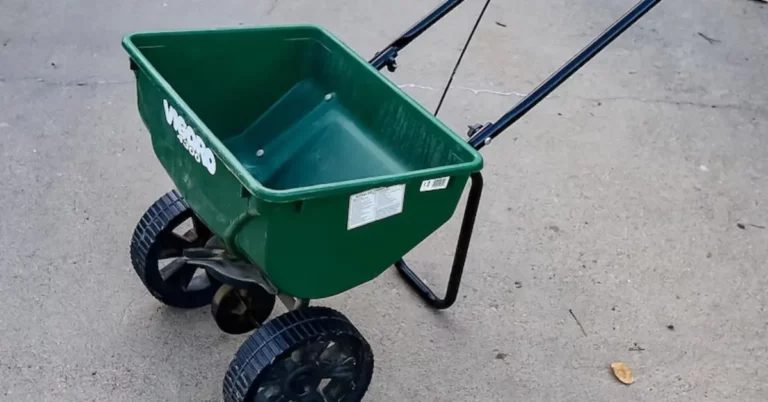
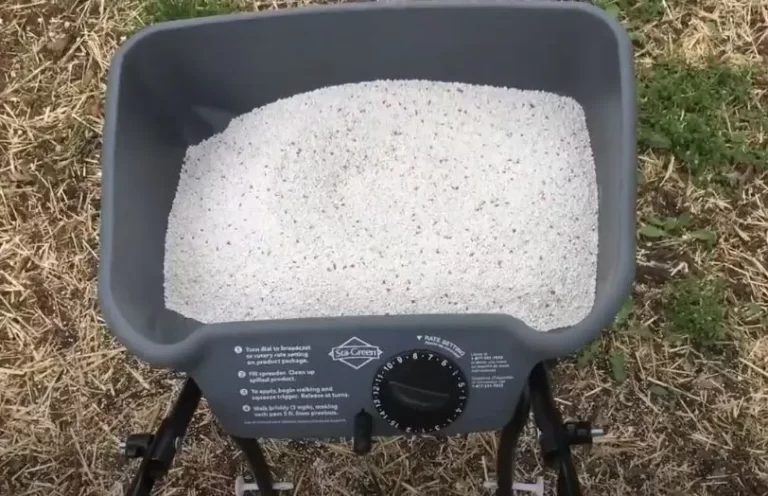
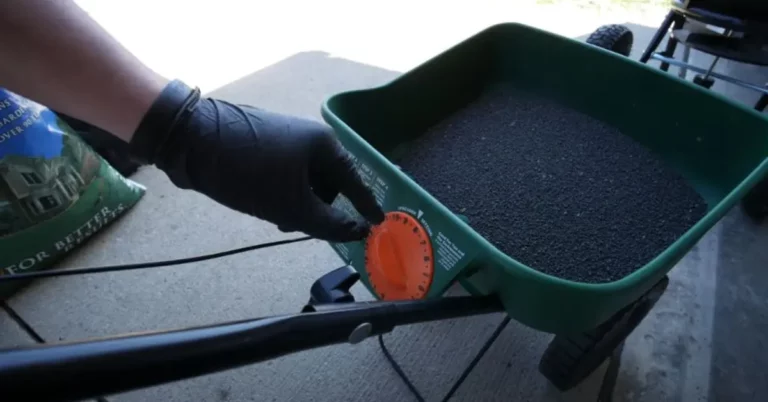
![Why Stihl Weed Eater Won't Stay Running [Reasons & Solution]](https://yardcurator.com/wp-content/uploads/2023/05/Why-Stihl-Weed-Eater-Wont-Stay-Running-.webp)
![Husqvarna Weed Eater Fuel Mix Ratio – [Easy Way to Calculate]](https://yardcurator.com/wp-content/uploads/2023/02/Husqvarna-Weed-Eater-Fuel-Mix-Ratio-Easy-Way-to-Calculate.webp)